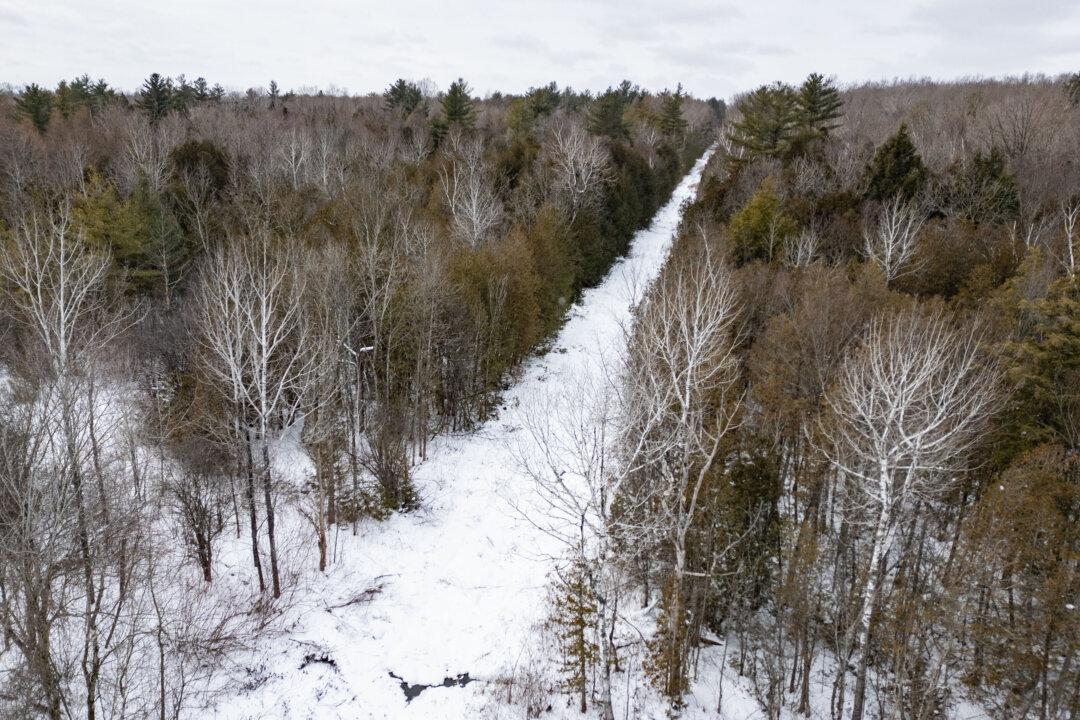A Nova Scotia police chief told an investigator last year that in the aftermath of the 2020 mass shooting, he felt “nudged” by the RCMP not to release a report that had warned the gunman was a threat years before his rampage.
In an interview widely critical of the Mounties, Truro police Chief David MacNeil said that shortly after the April 18-19 murders, RCMP superintendents Chris Leather and Janis Gray arranged a call to discuss whether the chief would publicly disclose a 2011 warning about the killer, Gabriel Wortman.
MacNeil said the senior officers seemed concerned that an officer safety bulletin sent nine years before the killing—which warned officers that Wortman owned restricted weapons and “wants to kill a cop”—would be made public as a result of freedom of information requests.
The chief said the Mounties asked him if the document would “potentially cause some problems,” and he responded he was releasing the document and it didn’t pose a problem for his force.
He told the investigator with the public inquiry into the shootings that both he and his deputy chief felt they were “being nudged in a direction that I wasn’t comfortable with ... and to me it was ‘This bulletin needs to not surface .... We need to explain this bulletin away.’”
“I wasn’t about to do that because that’s not the way I do business.”
However, Cpl. Chris Marshall, a spokesman for the RCMP, said Leather and Gray had simply contacted the Truro police “for more details, including the context of the information in the bulletin and whether additional information was available.”
The document that was unearthed by the Truro police was one of several instances indicating the gunman had been flagged to police in the decade before the murders.
Truro is the closest city to the murder scenes in central and northern Nova Scotia, and in his interview with the commission, MacNeil described the information provided by the RCMP to Truro police as the shootings unfolded as “fragmented” and “not making sense.”
He said the first indication Truro police had of trouble was when they received a call from the Colchester East Hants Health Centre at around midnight, about two hours after the first 911 call was made to the RCMP from Portapique.
The police chief told investigators that according to his force’s phone log recordings, Truro police called RCMP at 12:06 a.m. looking for an update, but the Mounties were unable to take the call. MacNeil said the RCMP called back at 12:55 a.m. with some initial information advising that there was an “active shooter situation” in Portapique.
He told investigators that he wasn’t personally informed something was happening until he received a text from his deputy chief at around 8:30 or 9 a.m.
“I had no official notice from anybody other than that, because it doesn’t appear that we really knew the magnitude as a police service and what was going on until later on,” said MacNeil.
He said he emailed senior officers with the RCMP and offered the assistance of Truro police and got a reply a few minutes after 10 a.m. thanking him for the offer but advising him the Mounties had a “suspect pinned down in Wentworth.”
“So from there the decisions I made the rest of the day were based on that email that they had some suspect in Wentworth,” he said. But in fact, the killer was not pinned down and was not found until shortly before 11:30 a.m.
Once in the office at around 10:25 a.m., MacNeil said he was told that the information coming from RCMP had been “very sporadic” and that Truro police “didn’t really have a tasking.”
MacNeil said Truro police received warnings about three possible vehicles driven by the suspect, including one shortly after 8 a.m. advising that the shooter was in a fully marked replica RCMP car. It was only after the rampage, MacNeil said, that he was made aware of a citizen’s video showing the killer driving through Truro.
Investigators pointed to an RCMP timeline indicating that one of their officers called Truro police at 10:15 a.m. requesting that they close all access points to their town in case the suspect headed there. The chief said it was unclear what precisely that meant. “Like, where do you want the roadblock?” he told the inquiry interviewers.
He said the call wasn’t acted upon because there was a subsequent call at 10:59 a.m. advising that the suspect was on a road south of Truro and then another advising the suspect might be at a grocery store, creating confusion as to his exact location.
MacNeil said by 11:29 a.m., RCMP called to say they had killed the suspect.
The chief said his critical comments aren’t connected to the possibility his force could play a part in replacing the RCMP in the rural areas around Truro.





